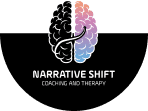Understanding Goal Achievement Through the Neurodivergent Lens
The Narrative:
Traditional goal-setting advice often sounds deceptively simple: write down your goals, break them into steps, and work steadily until completion. For many neurodivergent individuals, however, this approach can lead to cycles of enthusiasm followed by abandonment, triggering feelings of failure and self-doubt. The disconnect isn’t about willpower or commitment—it’s about fundamental differences in how neurodivergent brains process goals, motivation, and progress.
The Shift:
The journey from aspiration to achievement follows a unique path for every individual, particularly for those with neurodivergent minds. When we understand how the neurodivergent brain approaches goals, we can develop strategies that work in harmony with its natural patterns rather than against them. Let’s explore how to transform goal-setting from a source of frustration into a pathway for growth and accomplishment.
The Science Behind Goal-Setting in Neurodivergent Brains
To understand why traditional goal-setting methods often fall short for neurodivergent individuals, we need to examine how the brain processes goals and motivation. The neurodivergent brain has distinct patterns in three key areas that influence goal achievement:
The Dopamine-Motivation Connection
- Experience motivation for different tasks
- Maintain interest in long-term goals
- Feel satisfaction from accomplishments
Understanding this biological foundation helps explain why traditional motivation strategies might not resonate with your brain’s natural reward system.
Executive Function Processing
- How we break down complex tasks
- The way we perceive time
- Our ability to initiate and switch between tasks
This difference isn’t a deficit—it’s simply a variation that requires different approaches to goal achievement.
Emotional Response Patterns
- Heightened fear responses to potential failure
- Intense frustration when progress feels slow
- Strong emotional investment in areas of interest
Building a Goal Achievement System for Your Brain
Understanding these neurological differences allows us to create goal-setting strategies that work with your brain’s natural patterns rather than against them.
Step 1: Goal Identification Through Interest Mapping
- Track your natural focus patterns for a week:
- When do you feel most energized?
- What activities naturally hold your attention?
- What tasks feel effortless versus draining?
- Use this information to align goals with your brain’s natural tendencies:
- Schedule complex tasks during high-energy periods
- Build goals around topics that naturally engage you
- Design reward systems that match your interest patterns
Step 2: Creating Achievement Pathways
- Identify your destination goal
- Map backward to create connection points
- Design micro-steps between each connection point
- Build in flexibility for different approaches
Example Achievement Pathway for Learning a New Skill:
Destination: Learn to code in Python
Connection Points:
- Complete basic syntax tutorial
- Build first simple program
- Join coding community
- Create personal project
Micro-steps for “Complete basic syntax tutorial”:
- Find tutorial that matches learning style
- Set up development environment
- Complete first lesson
- Practice with exercises
- Review and reinforce learning
Step 3: Creating Visual Goal Systems
- Goal Visualization Board:
- Use color coding for different types of goals
- Include progress indicators
- Add visual representations of rewards
- Incorporate timeline elements
- Progress Tracking Methods:
- Digital apps with visual interfaces
- Physical progress maps
- Color-filling achievement charts
- Photography documentation of progress
Step 4: Building Momentum Through Success Spirals
- Start with an easily achievable step
- Build slightly upon each success
- Document progress visually
- Celebrate small wins consistently
Example Success Spiral for Fitness Goals:
- Day 1: Put on exercise clothes
- Day 2: Walk for 5 minutes
- Day 3: Walk for 7 minutes
- Day 4: Walk for 10 minutes
- Each success builds confidence for the next step
Practical Implementation Strategies
Creating Your Personal Goal Achievement Laboratory
- Hypothesis Formation:
“I think I work best with morning goals” - Experimental Design:
- Try morning goals for one week
- Document energy levels and completion rates
- Compare with afternoon attempts
- Data Collection:
- Track what works
- Note what doesn’t
- Record unexpected observations
- Analysis and Adjustment:
- Review patterns
- Modify approaches
- Implement improvements
Real-World Success Stories
Sarah’s Career Transition:
- Started with overwhelming goal: “Change careers”
- Transformed into: “Explore one new career possibility each week”
- Result: Found perfect fit through systematic exploration
Michael’s Organization Project:
- Initial goal: “Get organized”
- Reframed as: “Create one organized space each day”
- Outcome: Developed sustainable organization system
Lisa’s Fitness Journey:
- Original goal: “Get in shape”
- Restructured to: “Move joyfully for 5 minutes daily”
- Achievement: Built consistent exercise habit through gradual progression
Remember that goal achievement isn’t about forcing yourself into traditional systems—it’s about creating a personalized approach that works with your brain’s natural patterns. By understanding and working with your neurodivergent mind rather than against it, you can transform goal-setting from a source of frustration into a pathway for growth and accomplishment.




